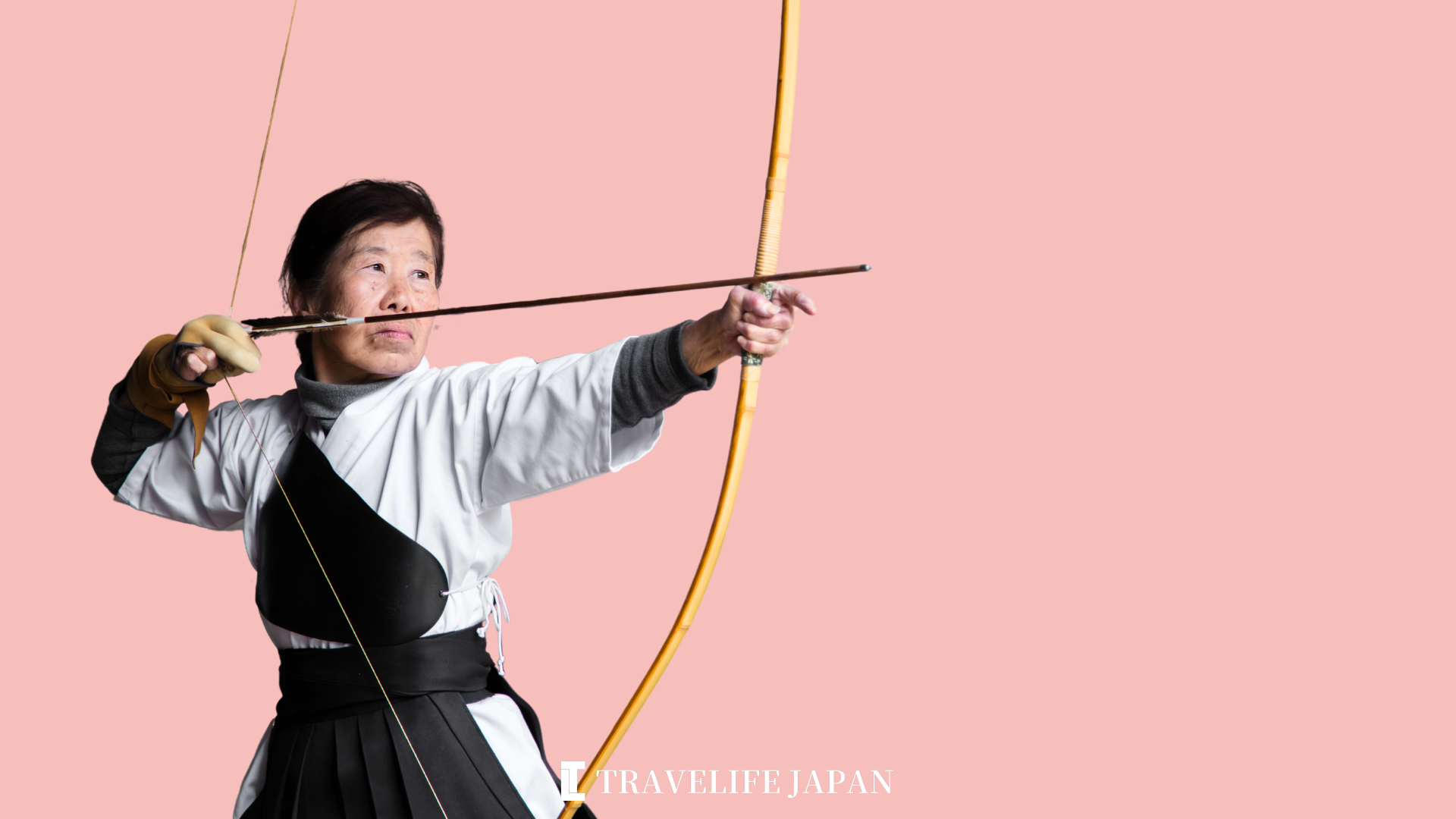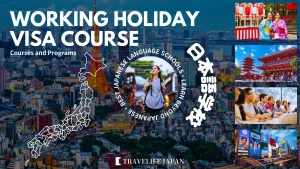How has Kyudo, Japan’s ancient martial art of archery, evolved from its martial roots to a practice of mental and physical unity? This brief overview highlights Kyudo’s journey from the Nara and Heian periods, its promotion by notable figures, and its status as a cherished aspect of Japan’s martial heritage.
History and Evolution of Kyudo
Historical Roots and Evolution of Kyudo
Kyudo, recognized as Japan’s oldest martial art, draws heavily on Confucian philosophy and was esteemed in the imperial courts of the Nara and Heian periods. Introduced to the warrior class by Minamoto no Yoritomo, the founder of the Kamakura Shogunate, it initially served as a means for samurai’s spiritual and physical training. The Ogasawara family furthered its practice by emphasizing etiquette and horsemanship alongside archery, marking the beginning of Kyudo’s journey from a battlefield technique to a discipline focused on mental and physical development.
Kyudo’s Transformation and Educational Integration
The advent of firearms exposed the limitations of archery in combat, shifting the focus of Kyudo towards personal development and the perfection of shooting techniques. This period of transformation saw the establishment of various schools of Kyudo, contributing to its technical advancement. By the Edo period, Kyudo was an integral part of samurai culture, later becoming a subject in schools during the Taisho and Showa eras, underpinning its significance in Japanese society across generations.
Revival and Global Spread of Kyudo
Following a temporary prohibition by the GHQ in 1945, Kyudo experienced a revival with the establishment of the All Japan Kyudo Federation in 1949, spearheading the resurgence and promotion of Kyudo nationwide. The formation of the International Kyudo Federation in 2006 facilitated the art’s global reach, expanding its practice to 17 member countries initially. Today, with approximately 130,000 members in Japan and growing international interest, Kyudo continues to flourish, underscoring its enduring legacy and the increasing global fascination with this traditional Japanese martial art.
Rules of Kyudo
Target
Aspiring Kyudo practitioners begin by mastering the fundamental movements called “Shaho Hassetsu” through dedicated practice and learning from experienced instructors, often attending seminars and workshops. Hitting the target is a challenging feat, but Kyudo emphasizes strict self-discipline while aiming for a fulfilling shot.
Kyudo, like other martial arts, has ranks and titles. Ranks (5-1) and dan (initial to tenth) measure technical proficiency, while titles (Renshi, Kyoshi, Hanshi) also consider leadership, dignity, insight, and other attributes. Evaluations occur regularly, including at national and regional levels, scheduled or ad hoc.Kyudo competitions vary, attracting participants from middle school students to high school students, university students, and the general public nationwide. There are two categories of Kyudo competition: Mato (target) and Kyudo no Kai (Kyudo gatherings).
Mato
Kyudo competitions are divided into Mato (near target) and Kyudo no Kai (Kyudo gatherings). In Mato, the distance from the shooting position to the target is 28 meters. This distance is used for regular practice and training. In Kyudo no Kai, the distance is 60 meters, approximately twice the distance of Mato.
Target Size
The size of the target varies depending on whether it’s Mato or Kyudo no Kai. In Mato, a 36 cm target called “Kasumi Mato” or “Hoshimato” is used. In Kyudo no Kai, a 1-meter diameter target is used. Additionally, there are other target sizes such as 24 cm (8 sun) for Mato and 79 cm and 50 cm for Kyudo no Kai.Changing the target size is a way to select participants in Kyudo competitions. It narrows down the competitors in the later stages of the competition.
Scoring
In Kyudo competitions, the number of hits on the target is crucial. Determining the winner is called “Do-Chu Kyosha.” There are two methods for this: “Izume” and “Enkon.” Izume disqualifies a shooter if they release the bowstring before the others, and the last remaining team or individual wins. Enkon measures the distance from the center of the target to the arrow, with the closest shooter being the winner, and rankings determined for the others.
Other Rules
Various methods of scoring are used in Kyudo competitions, and a point-based system is sometimes employed to differentiate between hits on different parts of the target. To ensure smooth competition, time limits are set in team events, and warnings are issued, with disqualification occurring if the time limit is exceeded.
Equipment of Kyudo
Bow
Bows come in two categories: a standard bow, known as “Namiyumi,” with a length of 221 cm, and a long bow, called “Nobiyumi,” which is 227 cm or longer. The choice of bow is based on one’s physique, and the level of strength is selected according to individual physical capabilities. Traditional bamboo bows are meticulously crafted by layering bamboo, showcasing the skills of bow makers. However, in recent times, there has been a rise in enthusiasts, particularly among the younger generation, who prefer fiberglass bows due to their low maintenance.
Arrows
Arrows, much like bows, are available in both bamboo and modern materials such as aluminum or carbon. The latter, being relatively cost-effective and more resistant to damage, has gained popularity, especially among younger practitioners. The choice of arrow length may vary depending on one’s physique.
Thumb Ring
A thumb ring is a leather glove used to protect the right thumb when drawing the bow. Thumb rings come in various styles based on the number of fingers they cover, such as three-finger thumb rings, four-finger thumb rings, and multi-finger thumb rings.
Experiencing Kyudo
Experiencing Kyudo in Japan is a unique opportunity to immerse yourself in the ancient art of Japanese archery. While there are numerous dojo (training halls) across the country, here are the top five Kyudo dojos to consider for an authentic experience:
Kyoto Butokuden (Kyoto)
Kyoto Butokuden, located in the historic city of Kyoto, is a renowned Kyudo dojo that offers a rich and traditional experience. This dojo, set in a beautiful wooden building, provides an authentic environment to practice Kyudo while surrounded by the cultural heritage of Kyoto.
Nippon Budokan (Tokyo)
Nippon Budokan, situated in the heart of Tokyo, is a famous martial arts venue that hosts various traditional Japanese martial arts, including Kyudo. Practicing Kyudo here offers a unique blend of modern facilities and the historical significance of the Budokan.
Ogasawara Ryu (Chiba)
The Ogasawara Ryu is one of the oldest and most prestigious schools of Kyudo, and it has its own dojo in Chiba Prefecture. If you’re looking for a Kyudo experience rooted in history and tradition, this dojo is an excellent choice.
Meiji Shrine Kyudojo (Tokyo)
Kyudojo at Meiji Shrine in Tokyo is an excellent place to experience Kyudo. The tranquil surroundings of the shrine provide a peaceful backdrop for practicing this ancient art, and it’s conveniently located in the heart of Tokyo.
Remember to contact these dojos in advance to inquire about visiting and experiencing Kyudo. Whether you are a beginner or an experienced archer, practicing Kyudo in these dojos will provide a deep appreciation of Japanese culture and martial traditions.
Conclusion
Kyudo stands as a symbol of Japan’s commitment to preserving and adapting its cultural traditions. From its origins as a martial skill to its current status as a discipline fostering spiritual and character growth, Kyudo exemplifies the fusion of historical practices with modern sensibilities. The All Japan Kyudo Federation and the International Kyudo Federation play crucial roles in promoting Kyudo, ensuring its continuous growth and global recognition. Kyudo’s future looks promising as it expands its reach, upholding its centuries-old traditions and values.
\ Follow Our Community /
STUDY IN JAPAN
INQUIRE NOW
Want to learn Japanese in Japan?
Ask us any questions with free application support.
Fast and Easy!








